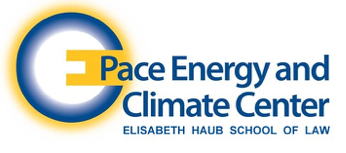Strengthening Small Farms and Their Communities Through Solar Farming - Ridge View 350 MW Solar PV Project Social and Economic Assessment
Author:
Craig Hart
States:
New York,
Resource Type:
Report
Adoption Year:
2022
Abstract:
This study assesses the social and economic impacts of a 350 MW solar PV project to be installed on approximately 40 farms in the Town of Hartland, Niagara County, New York area by EDF Renewables.
This study identifies between $177 million to $229 million in revenues and other benefits delivered by the Ridge View project to the Hartland community and surrounding areas. The study demonstrates that the project will increase and diversify participating farm revenues, support community investment, create jobs for construction and maintenance, and increase spending in the local community, helping create opportunities for diversifying the local economy.
The study recommends careful project siting practices, including setbacks and visual buffers...
Read more
